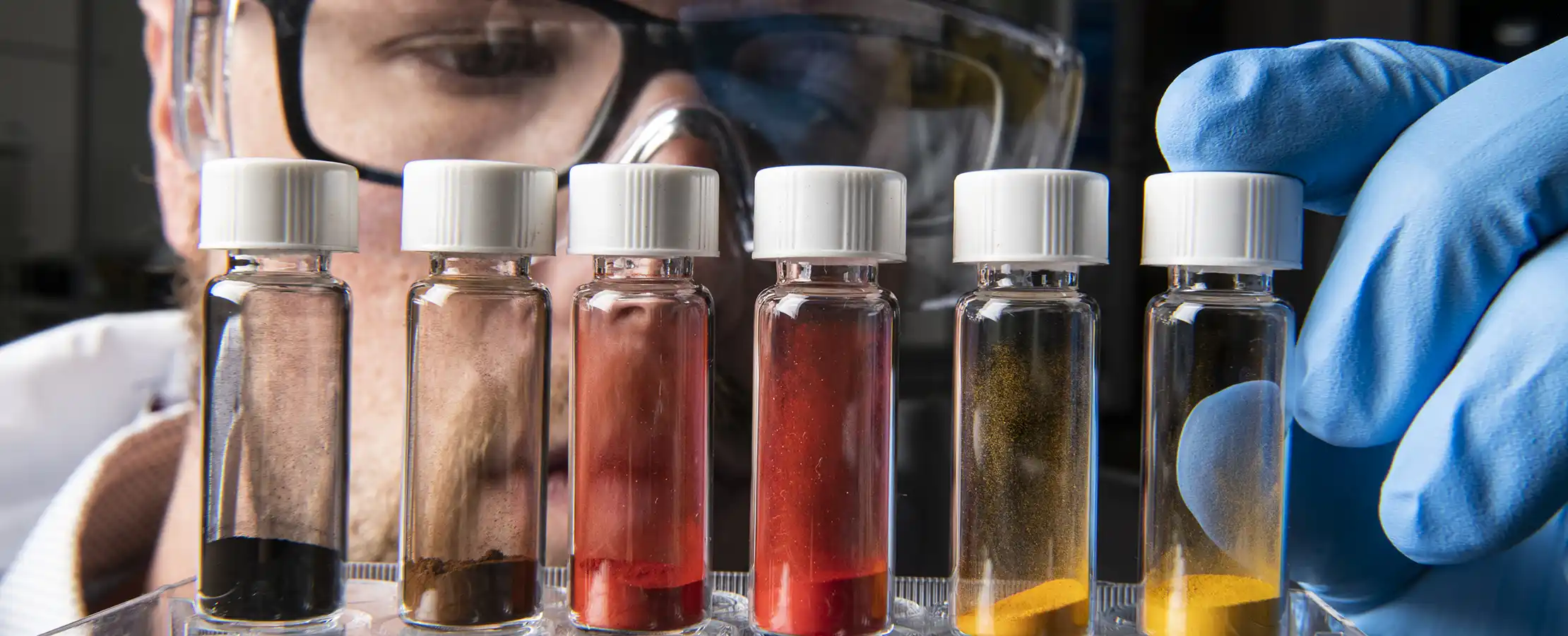NREL's research in materials science accelerates the pace of innovation for next-generation energy materials.

From foundational science to applied research, we pursue the discovery, co-design, and development of energy materials. We work closely with industry partners to ensure our research will deliver abundant energy.
Materials Physics
Understanding and controlling fundamental electronic and optical processes in photovoltaic and solid-state lighting semiconductors
Electronic Structure Theory
Applying high-performance computing to understand atomistic-level material behavior and design and discover materials for energy applications
Analytical Microscopy and Imaging Science
Using microscopic techniques to measure chemical, structural, electrical, and other properties—from the macro to the atomic scale
Interfacial and Surface Science
Determining the chemical, elemental, and molecular composition as well as the electronic structure of surfaces and critical interfaces
Materials Discovery
Pursuing inorganic solid-state material innovation through a high-throughput combinatorial approach and targeted experiments
Thin-Film Materials Science and Processing
Using thin films to create and enable technologically useful applications such as thin-film photovoltaics
Reliability and System Performance
Testing modules and systems for long-term performance to improve photovoltaic reliability and develop better international standards
Kirstin Alberi is the director of the Materials Science Center. The center is part of the Materials, Chemical, and Computational Science directorate, led by Associate Laboratory Director Bill Tumas.
Share
Last Updated July 1, 2025
